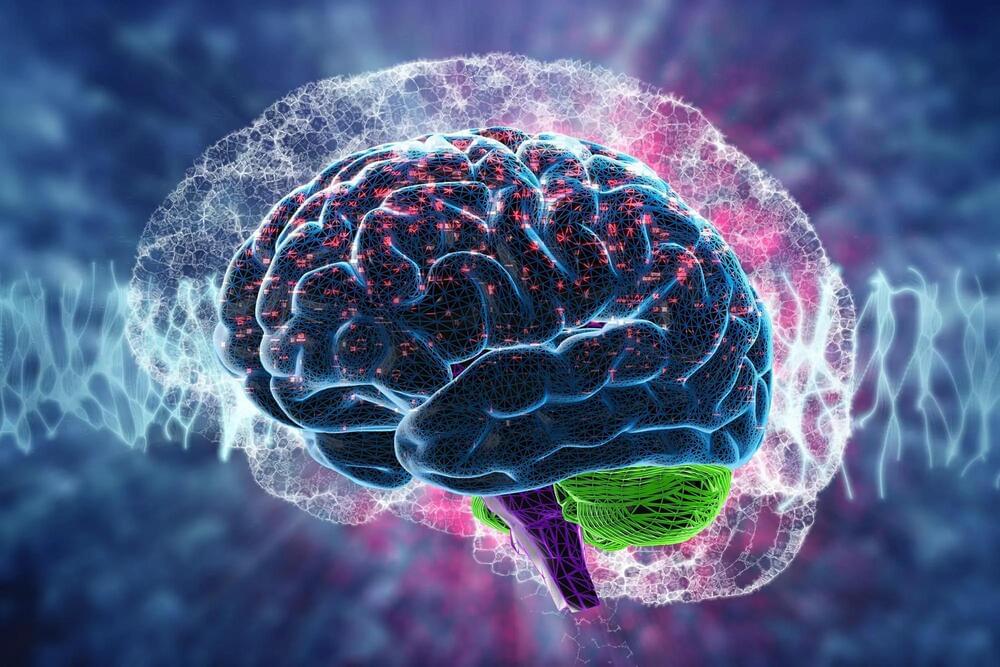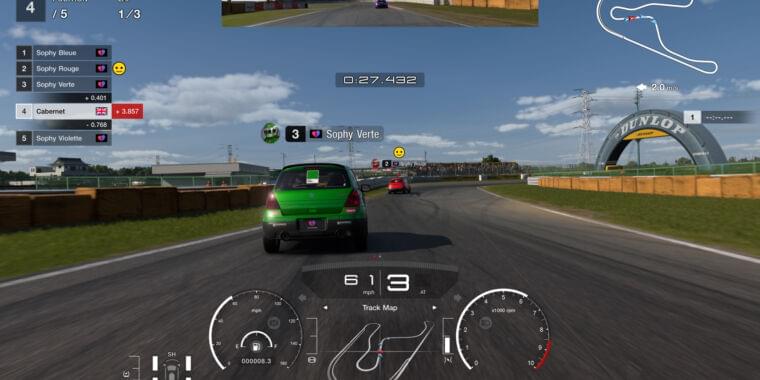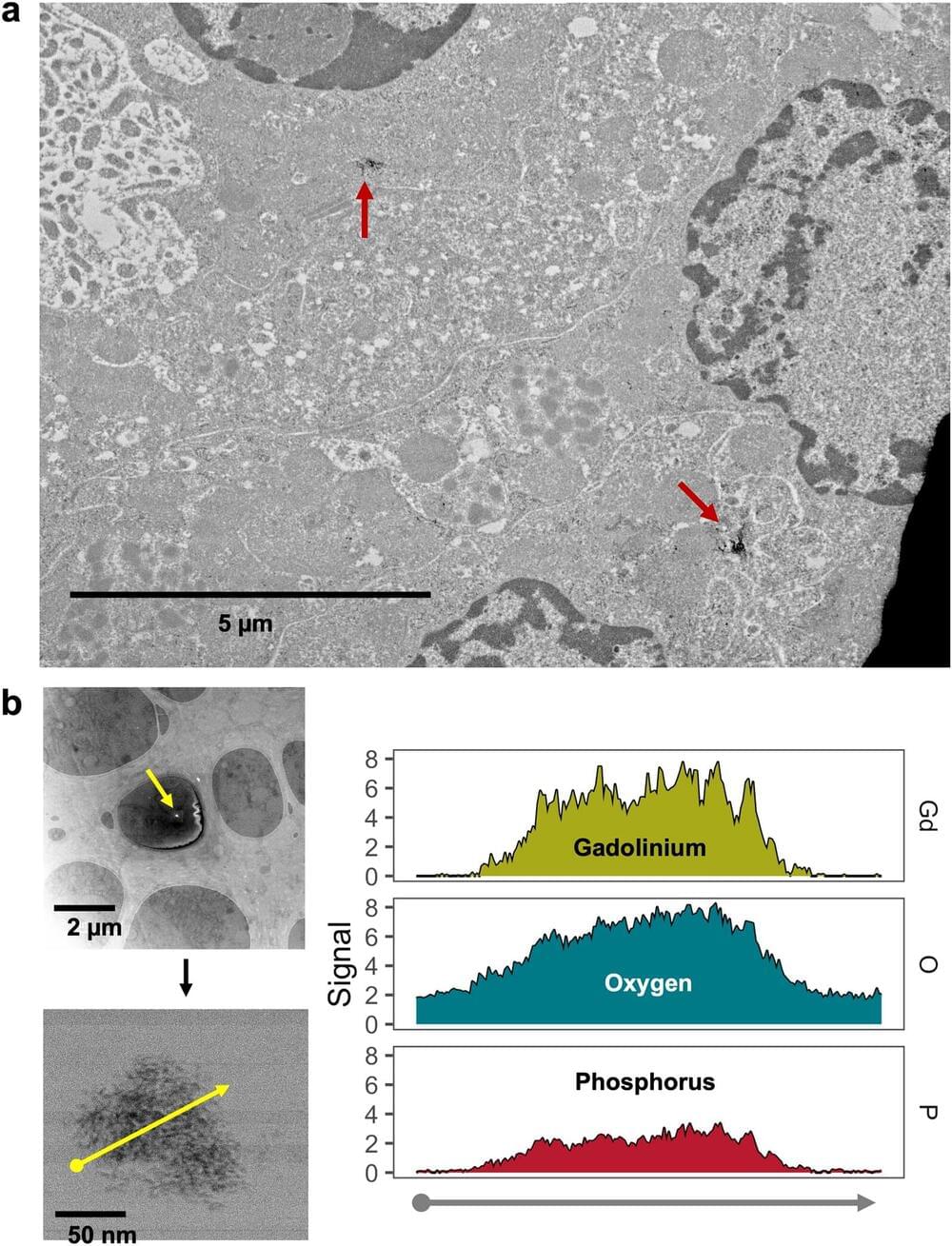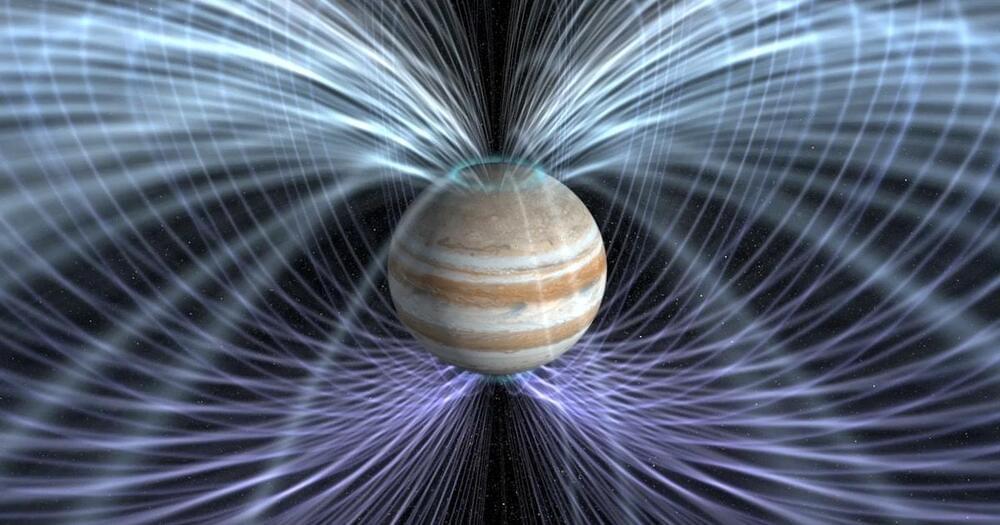Feb 26, 2023
New Hope for Treatment of Rare Metabolic Brain Disease
Posted by Paul Battista in categories: biotech/medical, genetics, neuroscience
X-ALD is the most prevalent of the approximately 50 rare diseases that affect the white matter of the brain, referred to as leukodystrophies. The genetic damage in X-ALD is due to a defect in the X chromosome. Men who are affected by X-ALD experience a progressive deterioration of their mobility, balance, and sensory abilities, leading to issues such as incontinence and sexual dysfunction.
Although X-ALD is inherited through the X chromosome, female carriers can also experience symptoms of the disease. Approximately 30% of male children and 60% of adult men develop encephalitis, which is a fatal form of the disease that leads to death within two to three years. X-ALD affects roughly one in every 20,000 births globally.
Now, for the first time, scientists from all relevant leukodystrophy centers in Europe and the US have jointly succeeded in obtaining controlled trial data for X-linked adrenoleukodystrophy. Of the 116 patients, 77 received the drug leriglitazone and 39 a placebo. The drug had already shown in preclinical studies that it can prevent neurodegeneration and offer protection against the life-threatening inflammation of the brain.


















